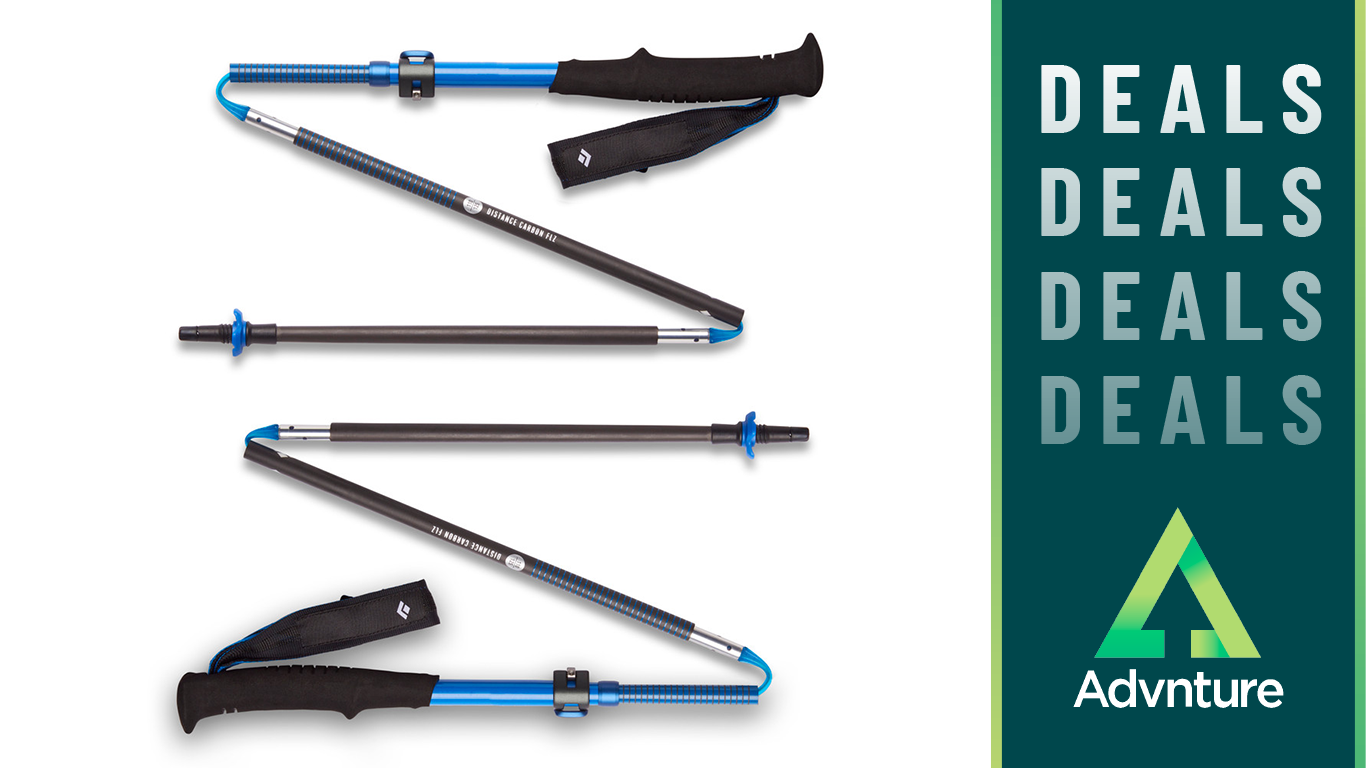7 reasons you need a headlamp: from winter training to campsite kudos
Don’t let sunset limit your adventure – headlamps let you hike, bike and climb further and for longer
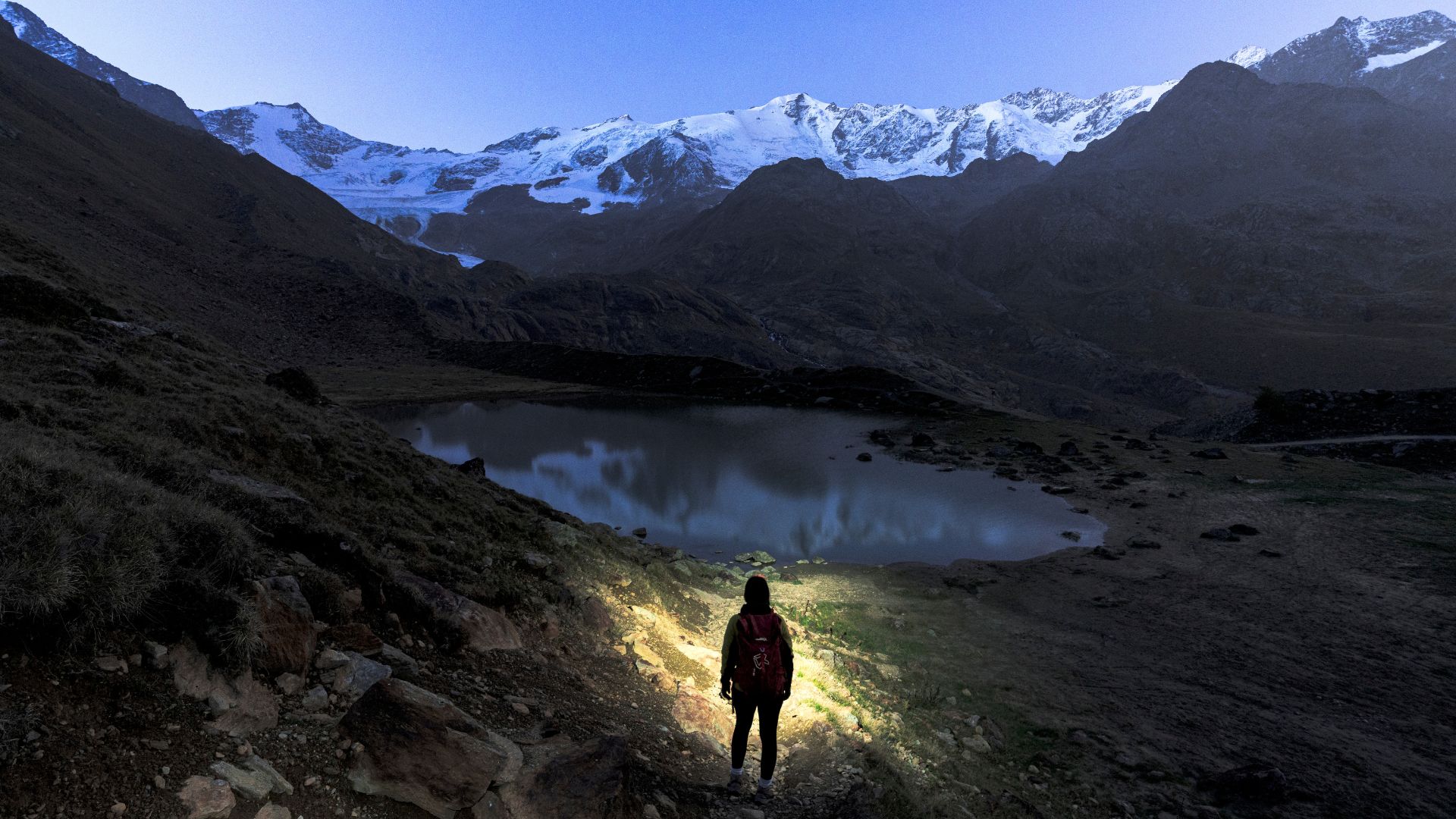
The first time I realised a headlamp was not just a handy bit of kit, but an essential way of maximising fun, I was on a ski season in Les Arcs, France.
It was on the kit list I was sent by the boss – and I thought it excessive. As if I wasn’t shelling out enough on gear for the privilege of working my fingers to the bone for €100 a week.
However, I relented and bought a basic Black Diamond, and come the first Thursday evening of my posting, I shoved it in my ski jacket pocket before taking the last lift with the guests up to a mountain bar.
After a beer, and no doubt a couple of Genepis, while watching the sun set, I pulled my head torch onto my helmet. The idea was to ski back down to the chalet in the dark. And while this probably wasn’t top of the ‘activities insurance providers cover’ list, it was thrilling, and the talk of the guests for the remaining nights.
Empty slopes, wildlife calls, a dark sky full of brilliant stars and the feeling of complete freedom as we sailed down a smooth piste in the quiet together – I couldn't have experienced it without my headlamp.
There are many reasons that you need a good headlamp – from illuminating the snow on a dark piste, to sending out an alert should you career over the edge – so let’s explore more…
What is a headlamp?
- A light source that is secured on your head, freeing up your hands
- It has an adjustable strap or harness that keeps it in position
- It illuminates the way you’re looking on trails
- Or it can be used for proximity work
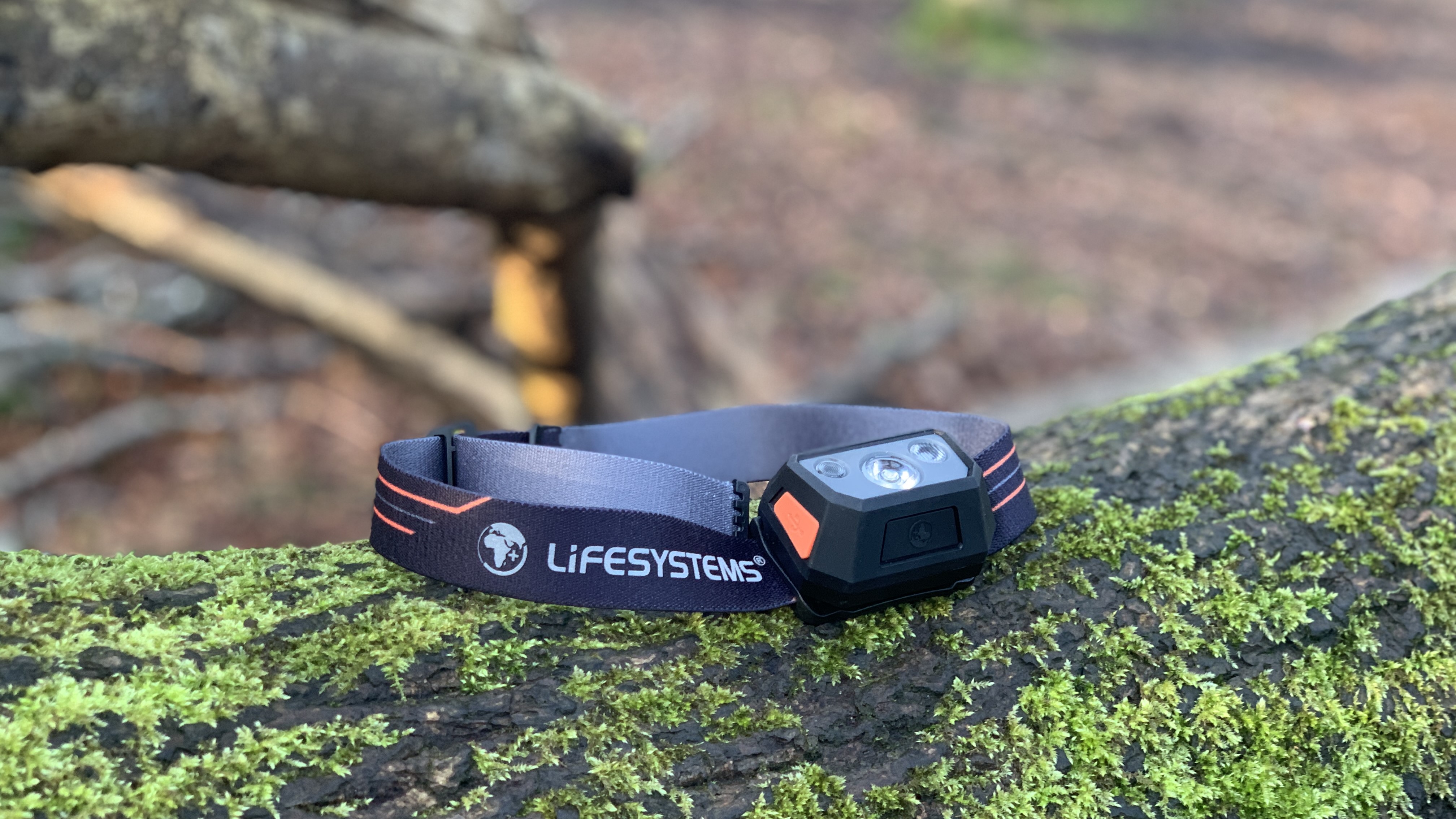
A headlamp is a small light source, worn on the front of your head to illuminate the direction you're looking. The main advantages are that, as the sun sets, it gives you more hours outdoors, more time to train, and more opportunity to have fun.
Advnture Newsletter
All the latest inspiration, tips and guides to help you plan your next Advnture!
As well as lighting up the dark, it’s there to help you be seen, and is an important piece of safety kit.
As with all lamps, brightness, measured in lumens, can vary. And, usually the more expensive the head lamp, the more powerful the light. Lots have different modes, from battery saving strobe to ultra-powerful spot.
They’re powered by batteries, most rechargeable these days, although you’ll still find some on the market that take the classic AAs.
The strap or harness is usually removable, meaning you can clean it. And they’re lightweight and compact, making them easy to carry with you on any kind of trip.
1. They free up your hands
- Use your hands for poles, map reading or scrambling
- Compact, lightweight design means you'll barely notice it
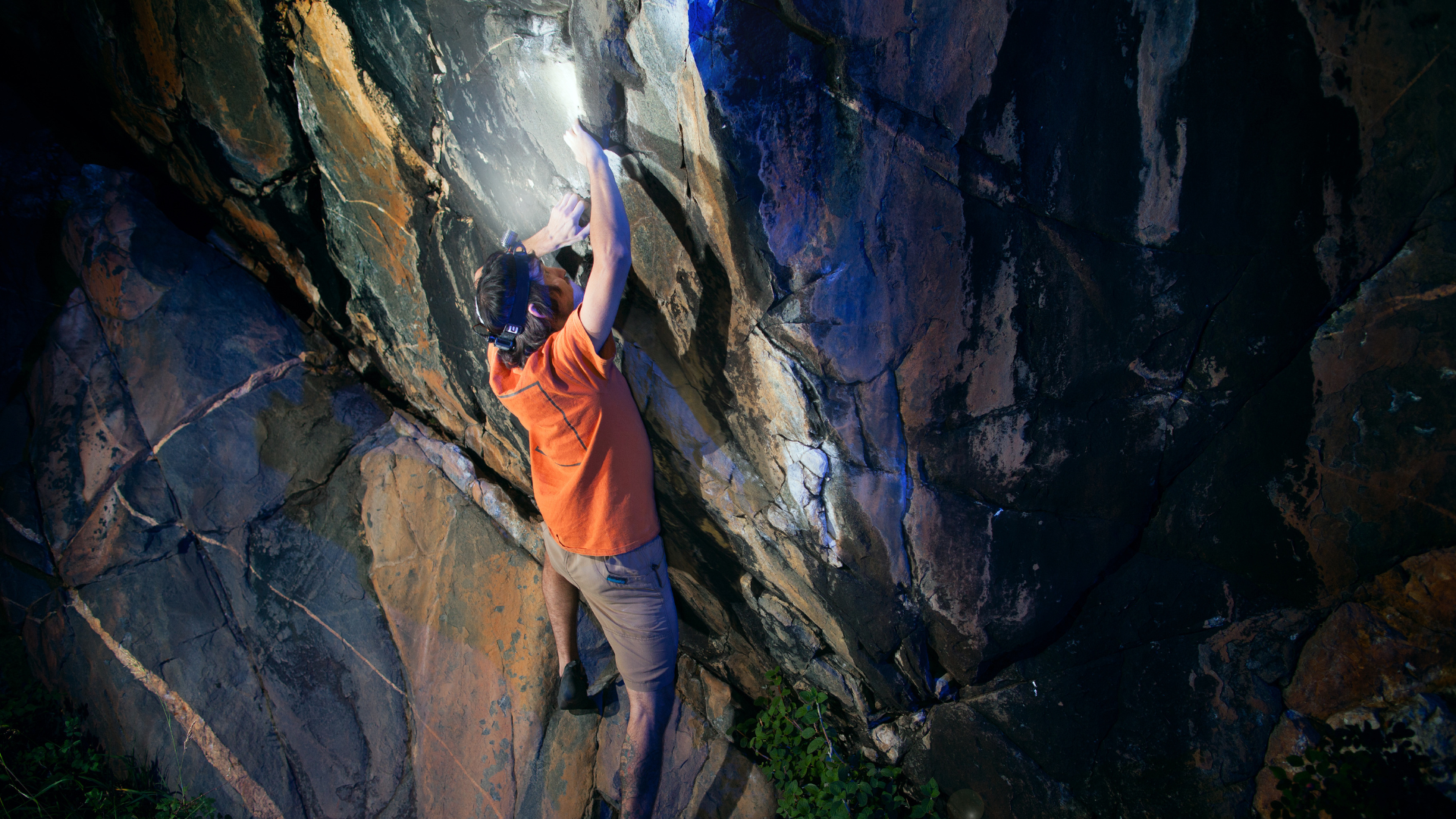
Headlamps are so freeing compared to a conventional flashlight – although, there are some brilliant flashlights to buy. But when it comes to practicality, nothing beats having two hands free rather than one.
You're not having to hold it, or worrying about dropping it, or putting it in a pocket only to forget which pocket that was.
For skiing or trekking with poles, using your hands to scramble down rocks at dusk, and for guiding little ones around the campsite at night, a good headlamp is invaluable.
Pop kids’ versions on your little ones and sit back with a bevvy knowing you can spot them wherever they are.
Because headlamps are designed to be as lightweight as possible, after a while you’ll barely know you’re wearing it.
2. They’re more comfortable than you think
- Ergonomic design means they won't bounce around
- Cushioned straps means you can tighten them without irritation
- Different types suit different activities
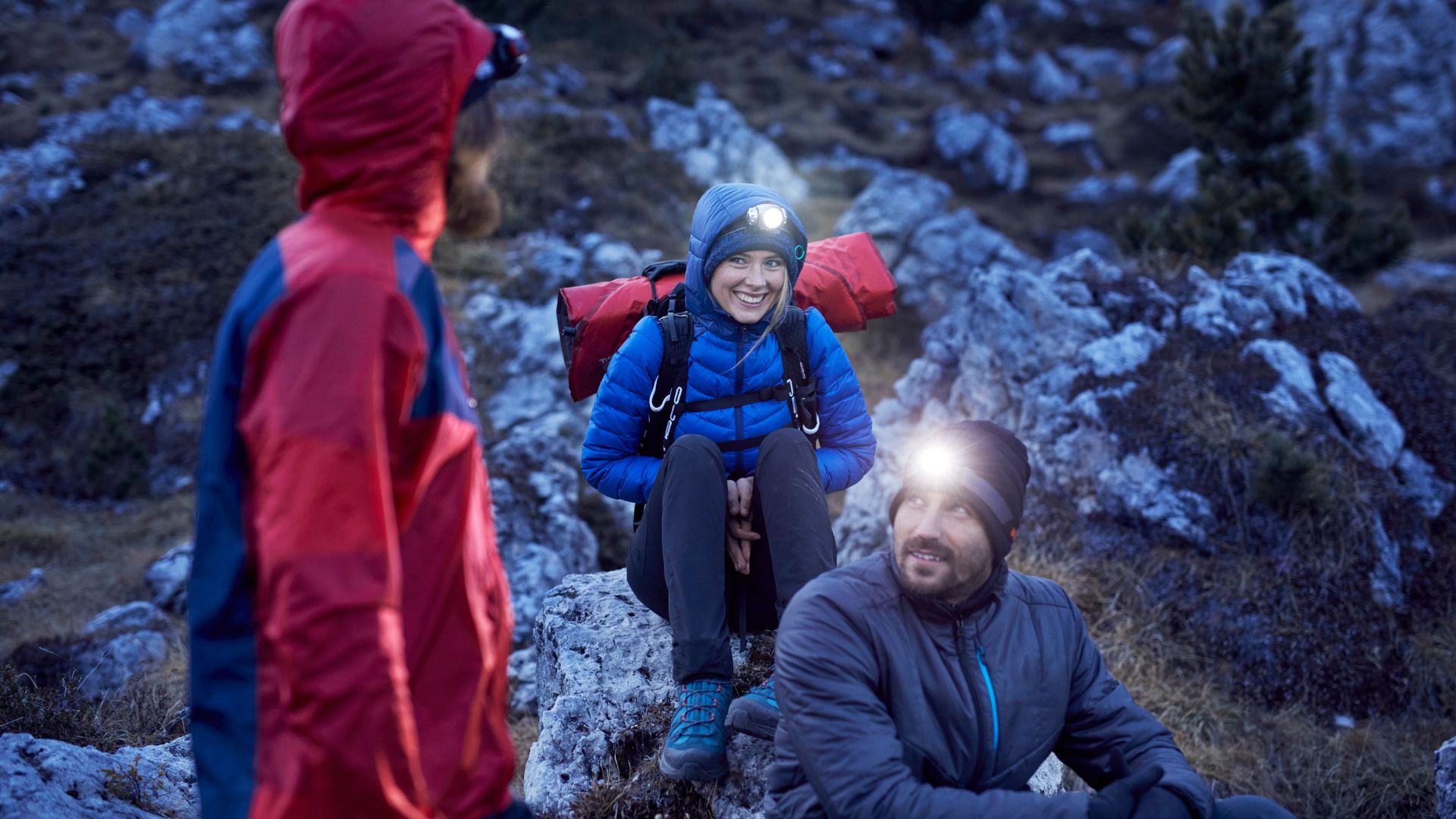
Top of a lot of our lists for requisites in gear is comfort. If it doesn't feel good on, it’s going to live out a couple of years at the back of the cupboard.
Today, headlamps come super-compact with low profiles. The ergonomic designs mean they won't bounce around on your head, and you're not going to feel self-conscious, even on an inner-city jog.
Straps are soft, stretchy and adjustable, and you can wear different headtorches for different activities.
Sleek, lightweight designs with tensioned headbands are ideal for running. There are models with extra elasticated cords for a secure fit, and ones with splits in the bands to pop through your ponytail.
For wild conditions, or when you really can’t risk it falling off, choose a secure three-point headband. Wear it on top of a buff for added cushioning in the cold.
Ideally you won’t notice it, and just like a good rucksack or pair of boots, it becomes part of you.
3. You can choose the type of light you need
- Good headlamps have multiple beam settings
- Adjust the angle of tilt to spot close-up obstacles
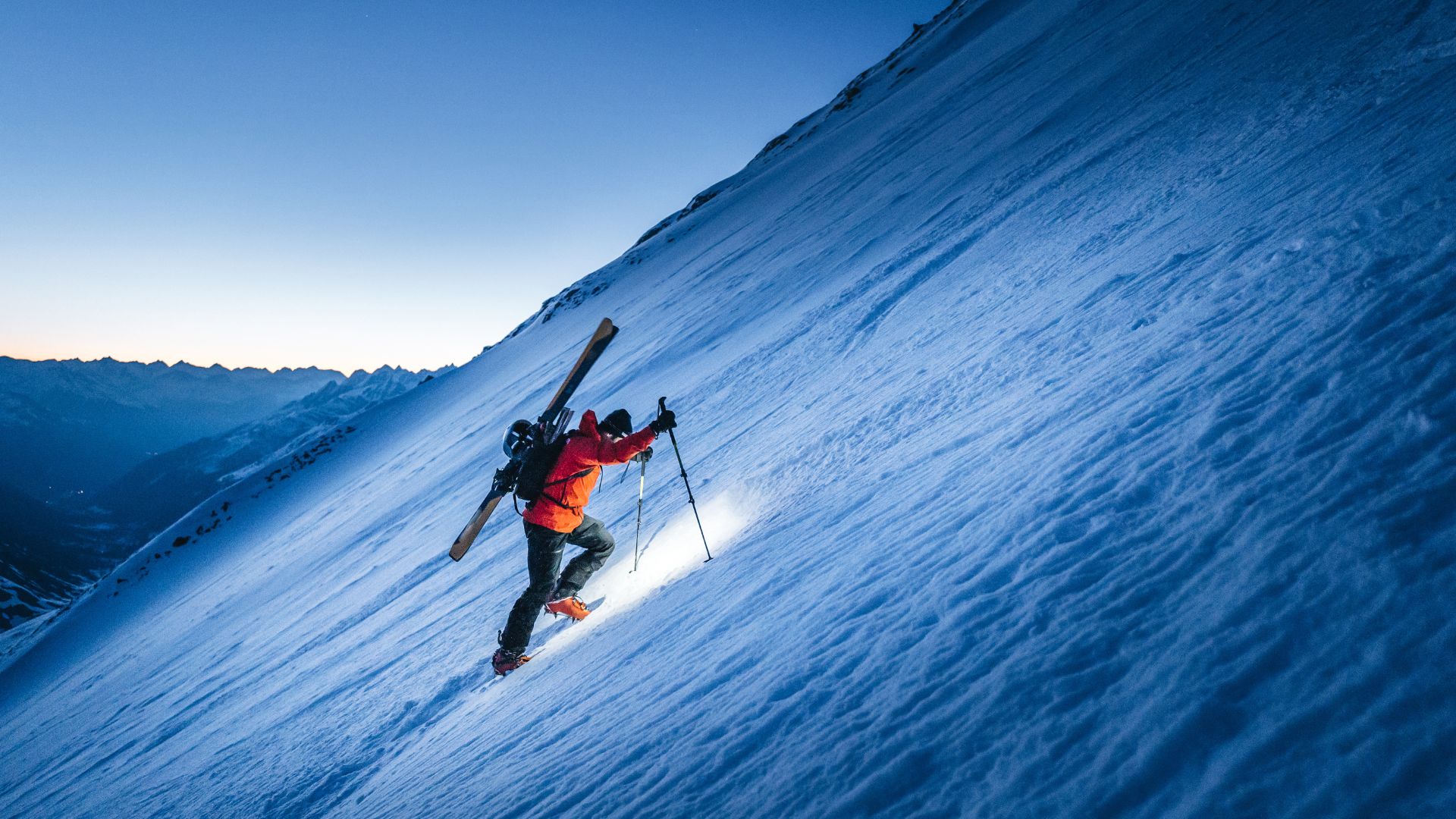
It's not a case of one size fits all here. Whatever your need, there's a head torch for you. Are you looking for a cheap and cheerful model to wear around the campsite? Then you won’t want the brightest of beams dazzling friends and picking out their after-dark in-tent activity.
Runners, pushing their training into the evening hours, can pick up a lamp with a shorter beam – one that can be tilted down to highlight imminent obstacles. Winter climbers, however, can invest in a failsafe option with a long-beam.
Head torches with compatible helmet or handlebar mounts are ideal for biking through forest trails – you won't get caught out by that overhanging branch again. Choose bigger batteries for a brighter light and longer burn time.
Many lamps have an easy-tap or slide setting to adjust the brightness, so you can save power.
When back at base camp, flick the setting to ambient lighting and dangle it from a tent loop to act as a makeshift lantern.
4. Be seen (if not heard)
- Be seen on a dark trail as you guide a group
- Use the light as a distress signal
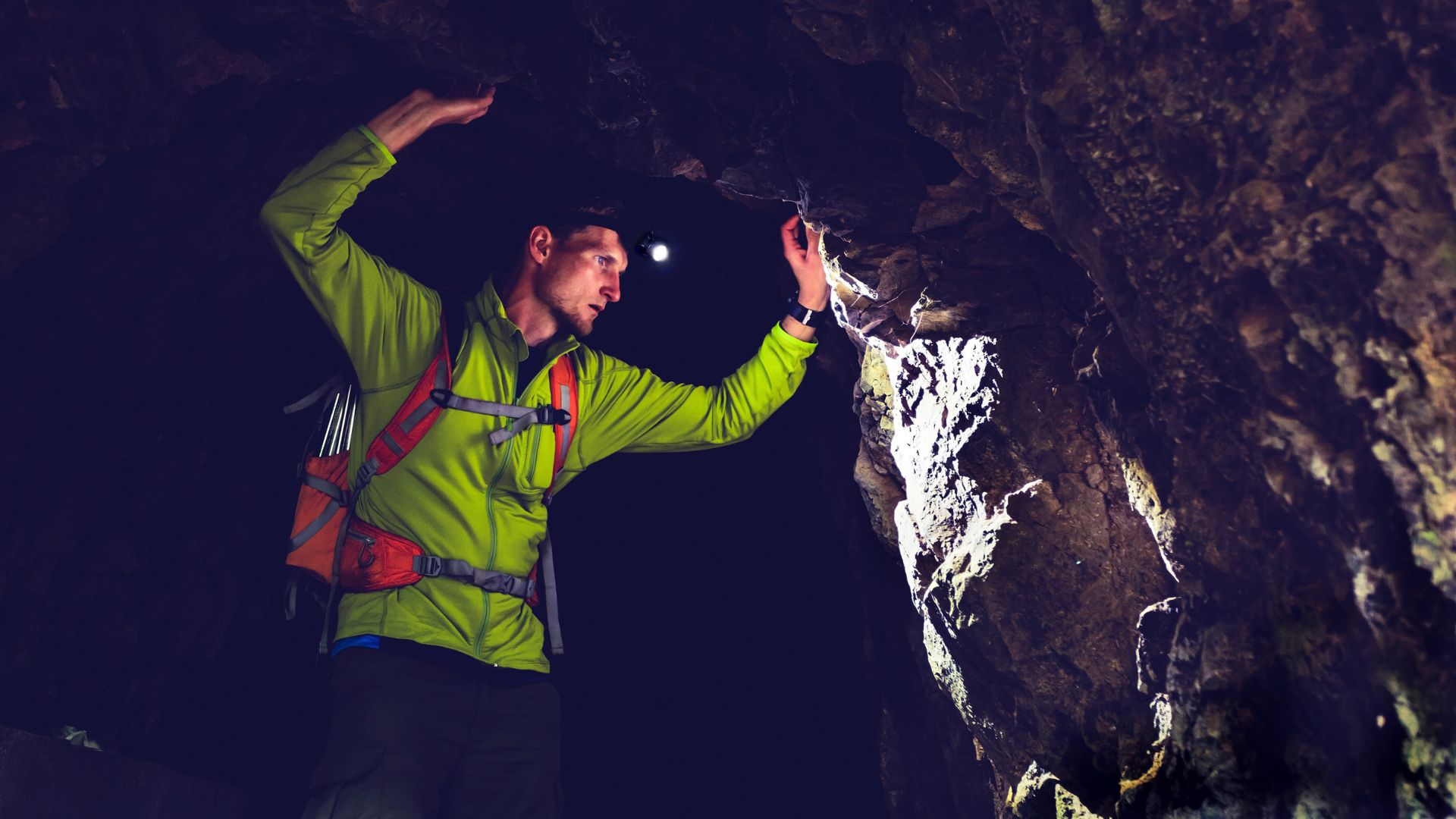
My friends have named my hikes ‘wonky tours’, because more often than not they include unintended detours that lead us off path (or ‘to discover new sights you’d never have known about’ as I call it...). As the sun sets and they start to trail, worrying about whether the car park gates will shut when we get back) I don my headtorch so they can pick me out in the gloom as I march on to find the correct route.
The strobe option a lot of headlamps offer is good for emergency signaling if you need to call for help in the mountains. And if you fall, your headlamp won't roll away from you as a handheld flashlight would, hopefully signaling your location if you're inured.
I’ve even anchored mine to the dog’s harness to keep track of him as he runs amok in the park.
5. They help you keep fit over winter
- Opt for a waterproof head torch that can stand up to the elements
- Be seen in bad weather by traffic
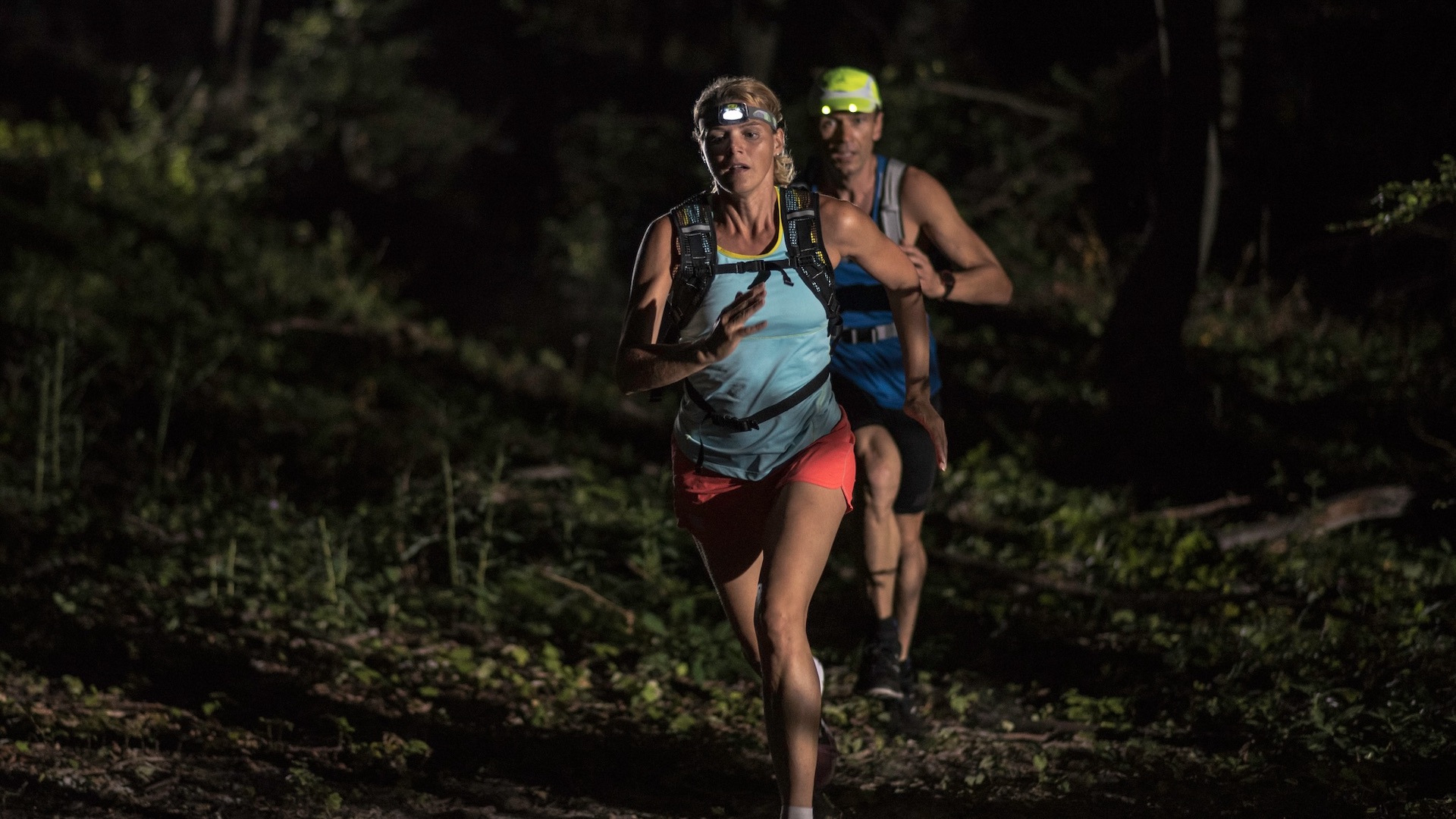
There are turbo trainers, there are gyms, there are online classes, but it’s not the same as heading out into the wilds to get your physical gains.
Just like any other bit of winter gear – your base layers, lightweight waterproofs – a head torch can open up outdoor possibilities on otherwise short days.
Light the way on an early morning hike and you can bag a summit at sunrise. Keep on biking through the winter so you'll be fit enough to make the very best of the loamy spring trails.
Check out the waterproof credentials of your head torch so you'll be lit through torrential downpours as well as light showers.
And don't underestimate the power of how much better seen you'll be by cars and trucks in bad weather.
Invest in a powerful battery if you want to complete snowy hikes in low temperatures that'll deaden a regular battery quickly.
6. They’re good for confined spaces
- A headlamp takes the pain out of rummaging
- Turn down the beam and hang your lamp as a makeshift lantern
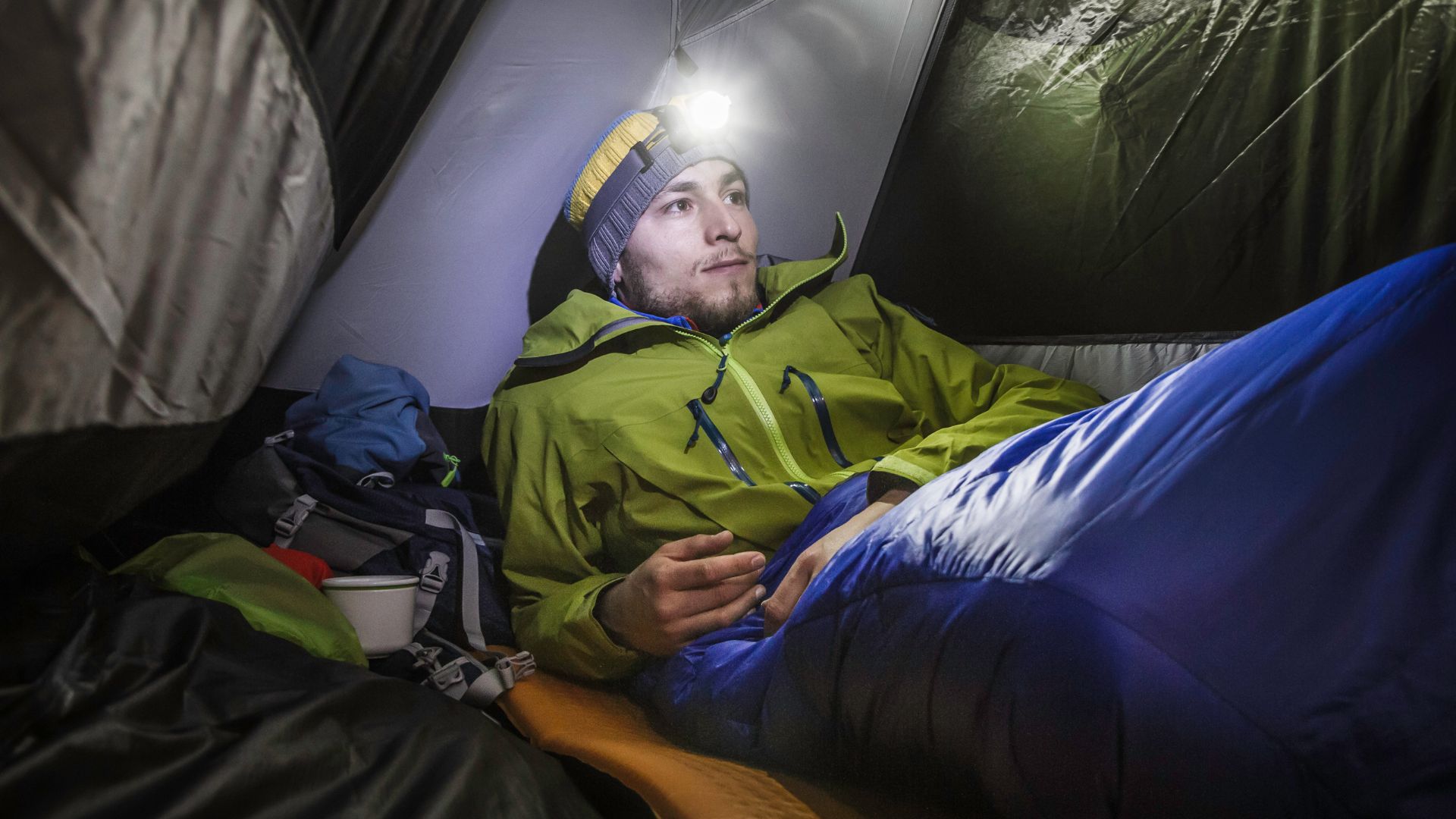
I once revealed to a colleague that I used a head torch at night for reading; she never let me live it down. My lamp was more than an arm-stretch from the bed, so to me it was a brilliantly practical solution – I didn't have to leave my snuggly comforter in the drafty apartment to turn out the light. To her it was a sad little scene - me, tucked up in bed alone, dressed in thermal PJs and a headtorch.
I’d perfected the art in a cold tent - where you want to keep your forearms tucked in the sleeping bag at all cost.
Similarly, passing through narrow cave tunnels - you want your elbows in. Although a flashlight gives you the versatility to throw light around and behind you easier than a headlamp, in tight spaces, you need to keep your limbs to your body.
And for the more ham-handed of us, it’s so much easier to rifle through your tent for that misplaced key with the light source firmly secured on your head.
7. You can geek out over special features
- Brightness memory, coloured light modes and waterproofing are all available
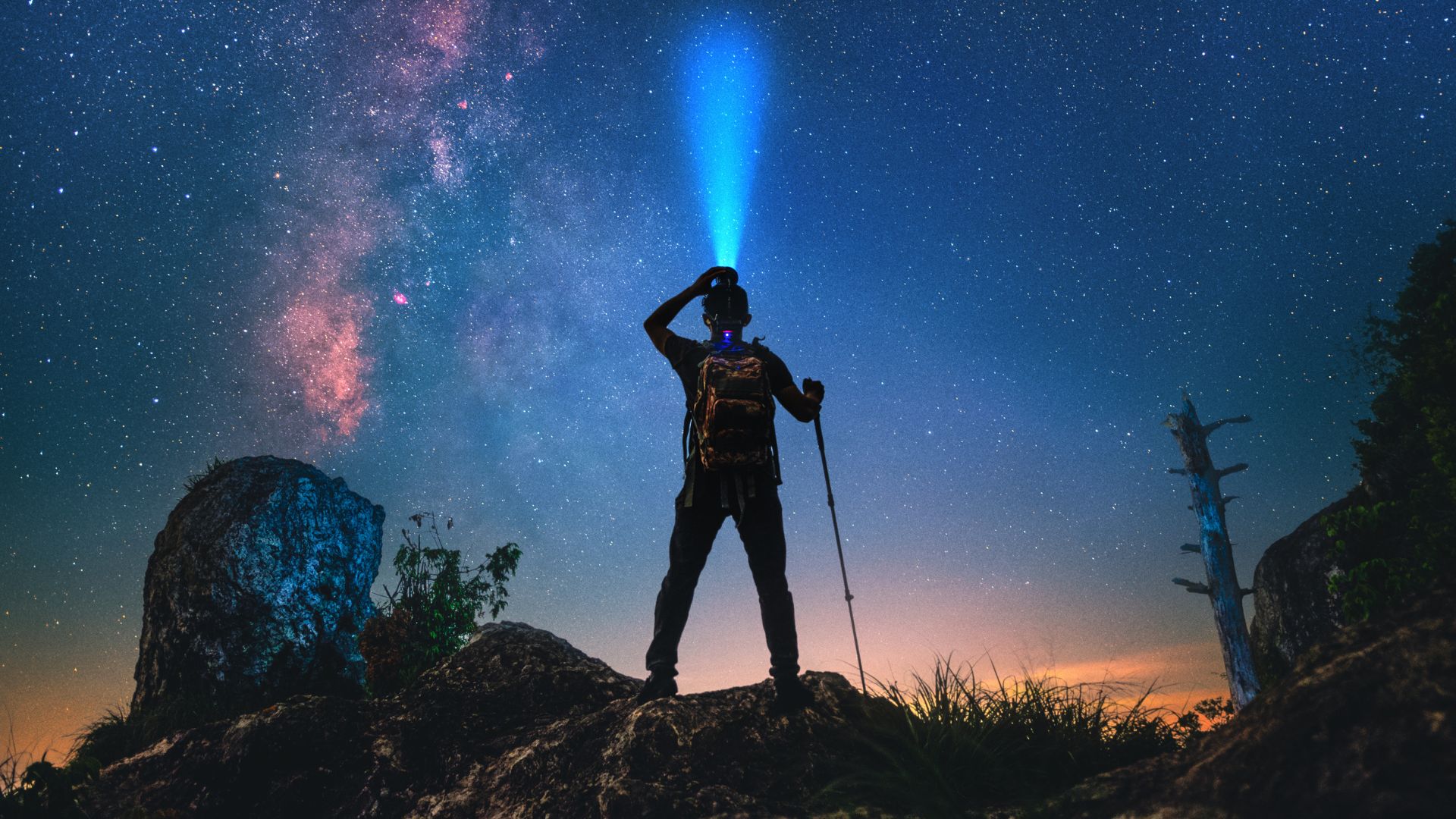
For those who want their headlamps high-performing, look out for these special features on pricier models.
There are built-in SOS setting that flash out a distress signal in morse code. Red and green light options helps maintain your night vision, while blue light aids map reading. Interchangeable battery packs can be added for distance adventures. Tap touchpoints that allow you to adjust the lamp while wearing gloves.
Other handy functions are an automatic lock to stop lamp turning on in your backpack, draining the battery) and a rear red light for safety while walking or running on roads at night.
- The best headlamps 2024: tested and rated for hiking, camping and running
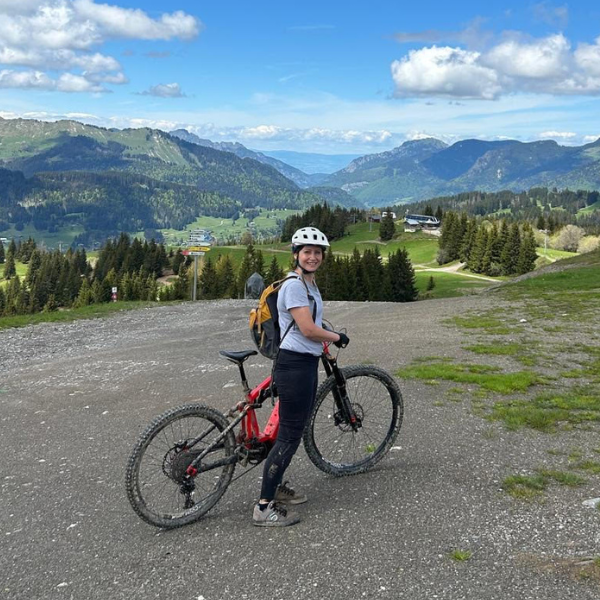
Charlie is a freelance writer and editor with a passion for hiking, biking, wild swimming and active travel. She recently moved from Bristol to South Wales and now refuses to leave her front door without one of the following: lightweight hikers, wetsuit, mountain bike, tent. Having bought a fixer-upper home that backs on to protected woodland, her love of nature and wildlife has intensified and the dark skies have kickstarted a new fondness for stargazing.
